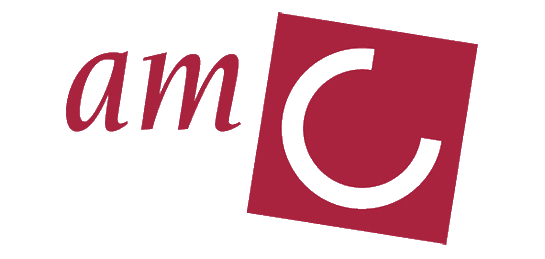Global course goals
In the e-learning course Practical Biostatistics, we introduce the basic principles of biostatistics. The aim of the course is to enable you to learn to analyse your own data using appropriate statistical methods and interpret the results of your statistical analysis. The topics covered include: descriptive statistics, the principles of statistical testing, tests to compare categorical and numerical variables between groups and univariable and multivariable linear and logistic regression and survival analysis. The theory is accompanied by quizzes and practical exercises in the statistical programs SPSS and R. These practical exercises take up about half of the study time. You can choose whether to perform these exercise using SPSS or R or both. The practical exercises will enable you to become familiar with SPSS and/or R.
- 1. Descriptive statistics
- 2. Principles of statistical testing
- 3. Comparing numerical data
- 4. Comparing categorical data
- 5. Correlation and linear regression
- 6. Multiple linear regression
- 7. Logistic regression
- 8. Survival analysis - Kaplan-Meier
- 9. Survival analysis - Cox regression
- 10. Repeated measurements
Goals per module
Module 1. Descriptive statistics
In this module, you will become familiar with the definitions of different types of data. You will learn how to choose appropriate measures of location and spread to describe your data and calculate them. You will also learn how to decide whether a variable can be described using a normal distribution.
Module 2. Principles of statistical testing
In this module, you will learn about the most important properties of the normal distribution and how the standard deviation and the standard error can be used to describe samples and populations. You will also calculate and interpret standardized scores, construct a confidence interval around an estimate and understand the link between confidence intervals and p-values.
Module 3. Comparing numerical data
In this module, you will learn how to decide which statistical tests to use when comparing two or more groups without correcting for other variables. You will learn about the t-test, one-way analysis of variance (ANOVA), the Mann-Whitney U test and the Kruskal-Wallis test.
Module 4. Comparing categorical data
In this module, you will learn how to test whether proportions differ between groups and whether two categorical variables are statistically associated. You will learn about the two-by-two contingency table, Fisher exact test, the Chi-squared test, the risk ratio and the odds ratio. The risk ratio and odds ratio are measure of the strength of an association between binary variables.
Module 5. Correlation and linear regression
In this module, you will learn about correlation and linear regression. You will learn how to calculate and interpret Pearson’s and Spearman’s rank correlation and how to use univariable linear regression.
Module 6. Multiple linear regression
In this module, you will learn how to use linear regression with multiple independent variables, when and how to use interaction terms and how they can be interpreted and how to use categorical independent variables. You will also learn which assumptions are required when using linear regression and how predictors can be selected in a multivariable model.
Module 7. Logistic regression
In this module, you will learn how to use logistic regression. Logistic regression is used when you have a binary dependent variable. You will also learn about the relationship between the logistic regression coefficients and the odds ratio and how to interpret logistic regression coefficients for categorical and continuous predictors.
Module 8. Survival analysis - Kaplan-Meier
In this module, you will learn to describe and analyse censored numerical data. You will learn how the definitions of survival analysis and censored data and how to obtain and interpret a Kaplan-Meier survival curve. You will also learn to compare survival curves for different groups statistically using the log-rank test.
Module 9. Survival analysis - Cox regression
In this module, you will learn the basic principles of the Cox regression model, including what a hazard ratio is. You will also learn how to interpret the regression coefficients resulting from this model, what the assumptions of the Cox model and how to assess these. Finally, you will obtain insight into the similarities between the Cox model, the linear model and the logistic model.
Module 10. Repeated Measurements
In this module, you will learn what repeated measurements are, how they can be recognized, why they are useful and why incorrect analysis of repeated measurements can lead to incorrect conclusions. You will also learn how to use several simple statistical solutions that can be used in some situations and some general considerations, such as data format and missing values.


